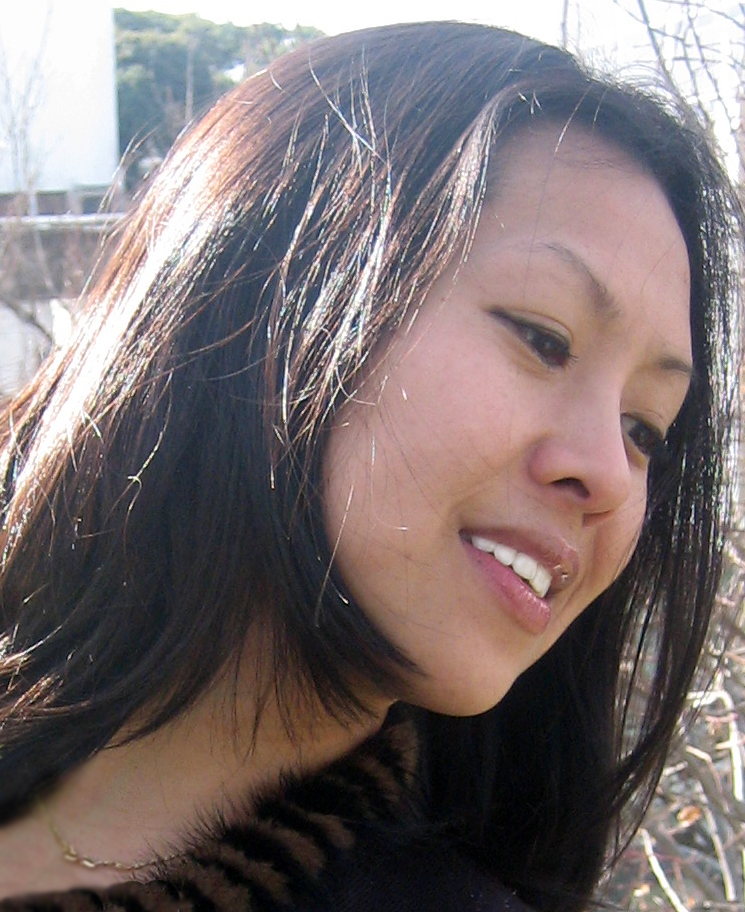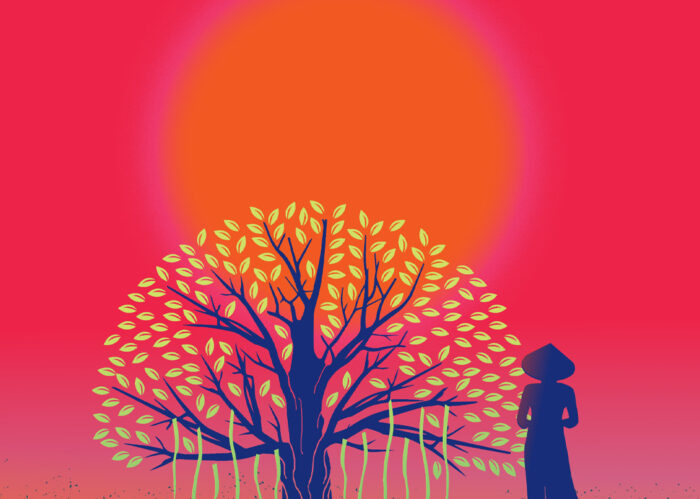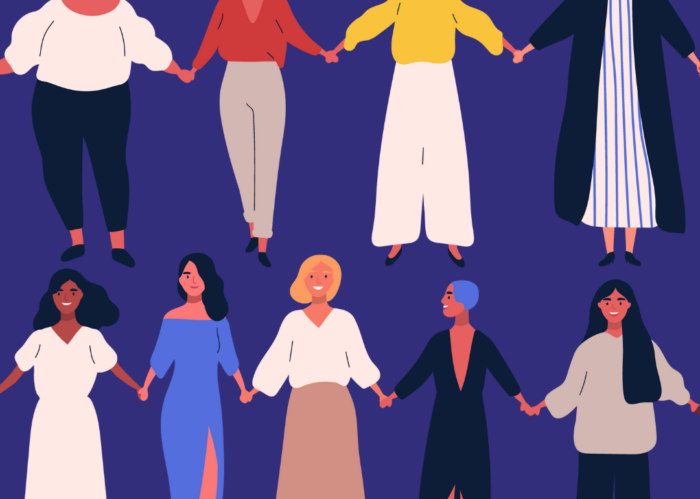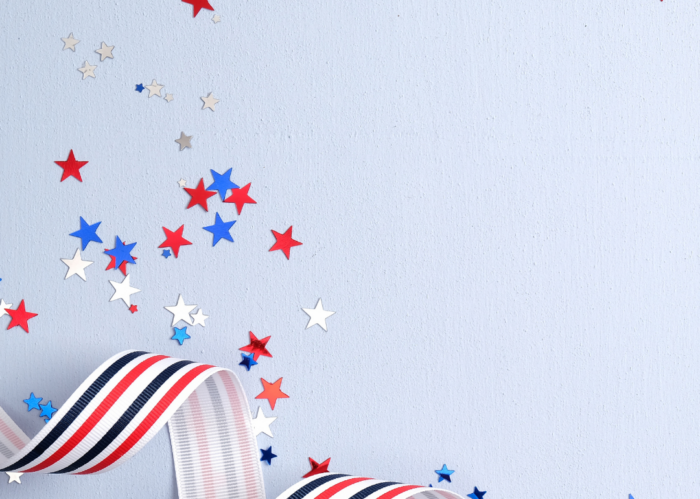Guest Post: Mei-Ling Hopgood
This column appeared in the New York Daily News on Nov. 6, 2009
_________________________________________________
 From the author of Lucky Girl, Mei-Ling Hopgood
From the author of Lucky Girl, Mei-Ling Hopgood
I can’t help but do a double take when I see a little Asian girl holding the hand of her white parent.
Thirty years ago I was that child, an adoptee from Taiwan growing up with two blue-eyed, Caucasian parents and two Korean brothers in Michigan. Back then we were a novelty. Now, it seems like I see families like mine everywhere, from a clothing store in Manhattan to a Little League field in central Illinois.
Over the past two decades, international adoptions have become commonplace in the United States. More than 268,000 children have been adopted from abroad since 1991. China has topped the list of native countries, followed closely by Korea and Guatemala. Even in a city as diverse as New York, these families stand out for their composition, which challenges all preconceived notions of family, and for their eagerness to try to compensate – and overcompensate – for their racial differences.
It’s understandable that many parents of international adoptees want to make their child’s “native” culture a part of their lives. I know the value in being proud of one’s heritage; my own mom and dad hung Asian art on our walls, took us to ethnic festivals and restaurants, and enrolled my brothers in Korean school for a time.
Sometimes, despite their good intentions, parents can take things too far. Hidden in their instinct to bring their child’s culture into the home is a real danger: the danger that we wind up idealizing a culture and family that many adoptees never really knew, while neglecting the actual, more complex experience of being Asian in America.
Thirty years ago, adoption professionals preached assimilation and a “love is color blind” philosophy. That didn’t work; after grown adoptees shared stories of struggling with isolation, self-hate, and racial taunting, the drumbeat changed. Now, the buzzwords are culture, culture, and more culture. Many countries, such as China, now mandate that families who adopt their children maintain their native culture.
So parents are left to puzzle through. Many have told me they feel guilty for taking their children from “their culture.” One mom even said if she could become a Chinese woman, she would, for the sake of her child. Sociologist Heather Jacobson said that many mothers with children from China profess a deep connection with the country of China, its traditions and people.
Still, I’m willing to bet that many adoptees – if they are anything like me – will end up relating more to the Asian American experience than to the traditions in a far-off land that they have no memory of.
When I was a teen I had no interest in Taiwan or my Chinese birth family. As a young adult, I met my birth family. I bonded with my biological sisters, felt intoxicated with the bustling city of Taipei, and learned Mandarin. Still, I came to understand I didn’t “fit in” completely.
For me, the language, cultural, and emotional barriers are simply too great.
Parents who ask me “how much culture” they think they should “give” their children must remember: culture is not inborn. It’s organic and must evolve over time. While it’s important to embrace where a child comes from, it is also essential to recognize that their current experience as an Asian in America is just as authentic and interesting as the one they might have had in the land of their birth.
_____________________________________________________
-
Overall Score
Reader Rating: 0 Votes



